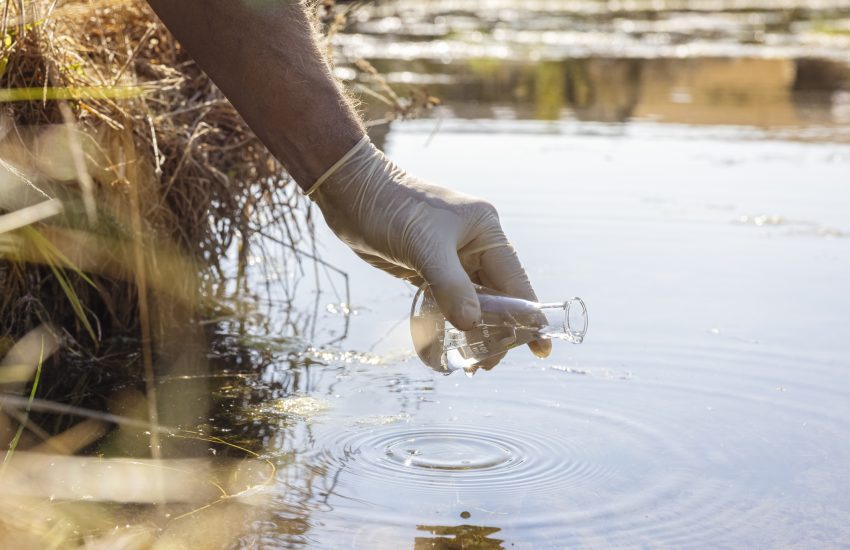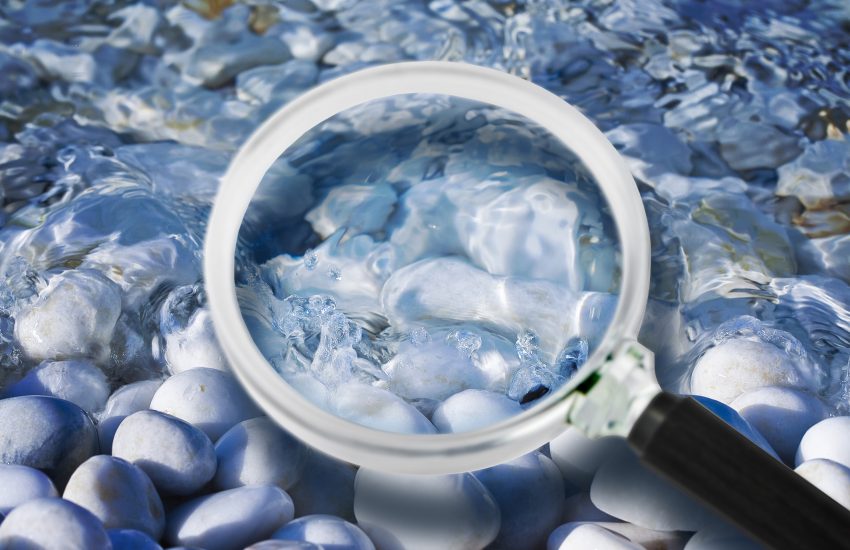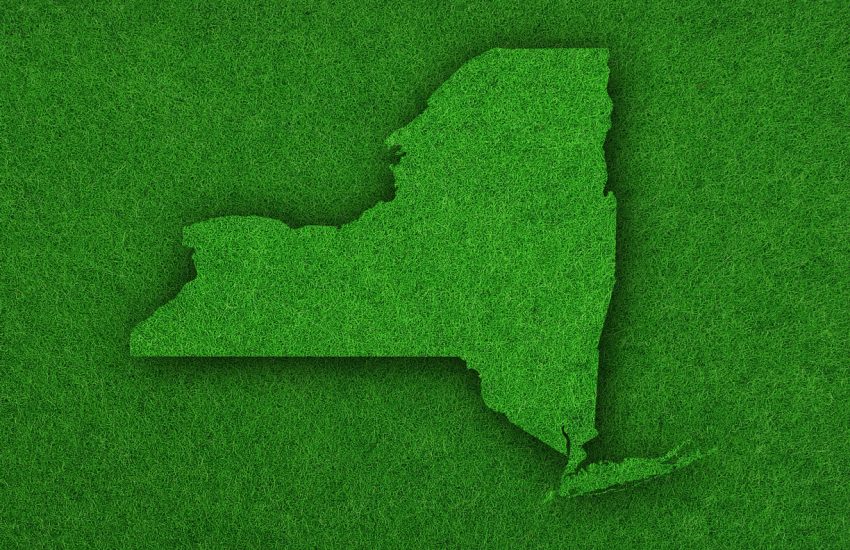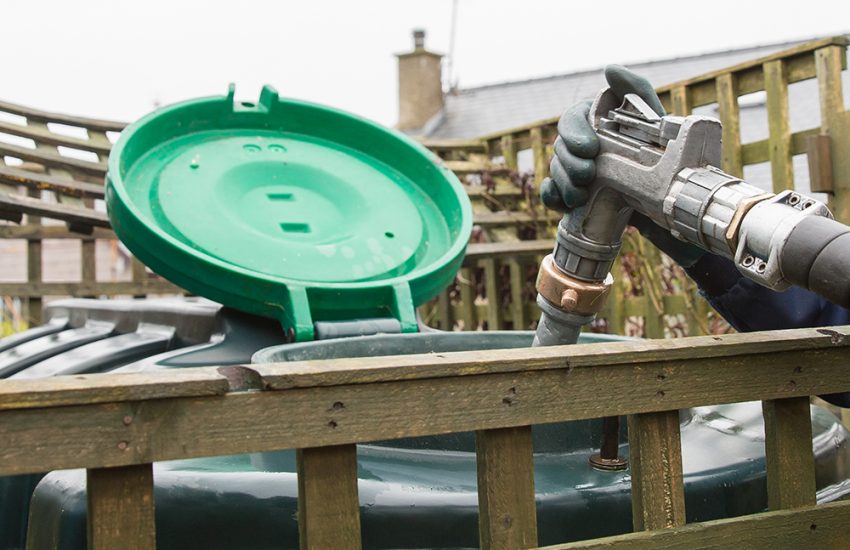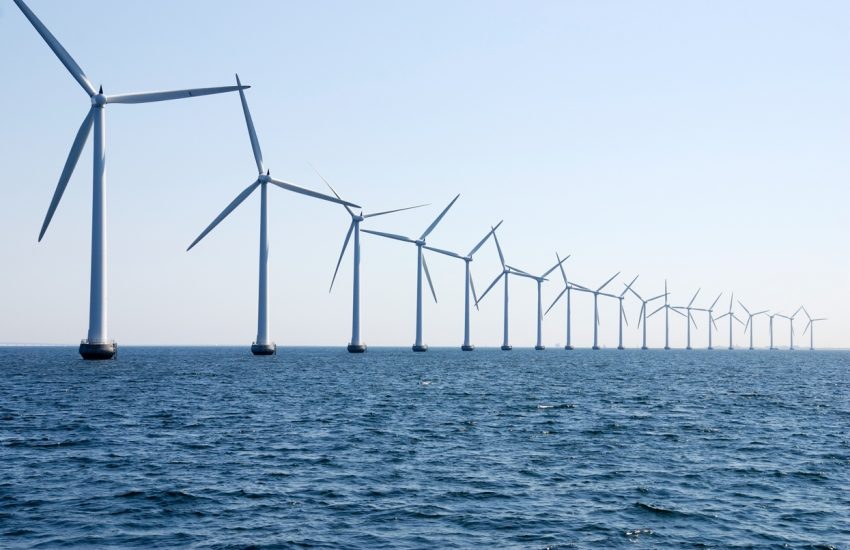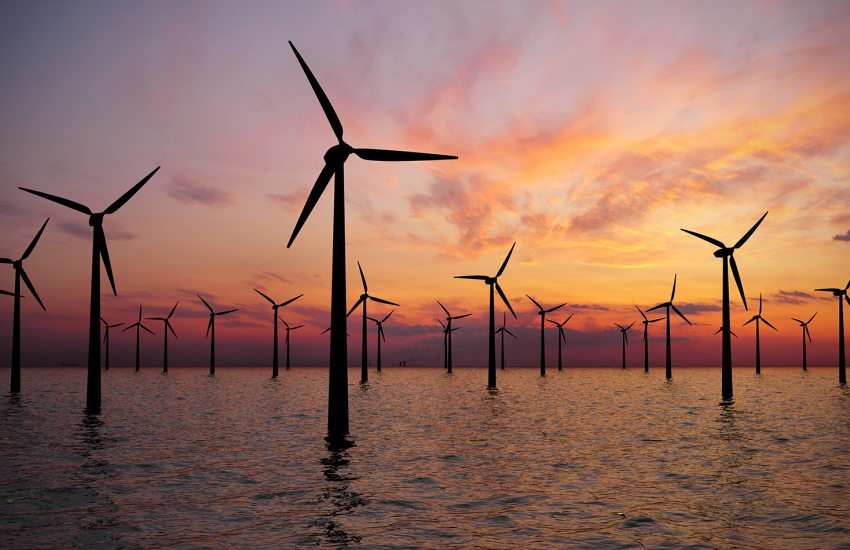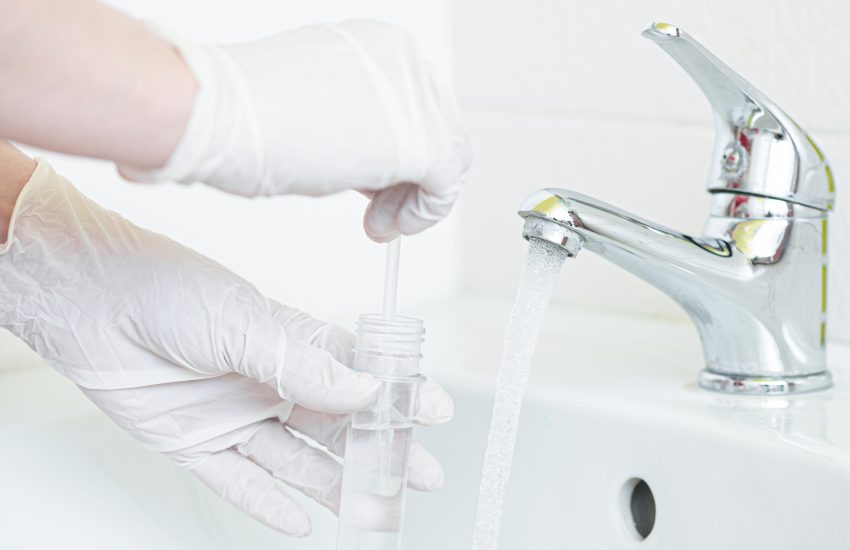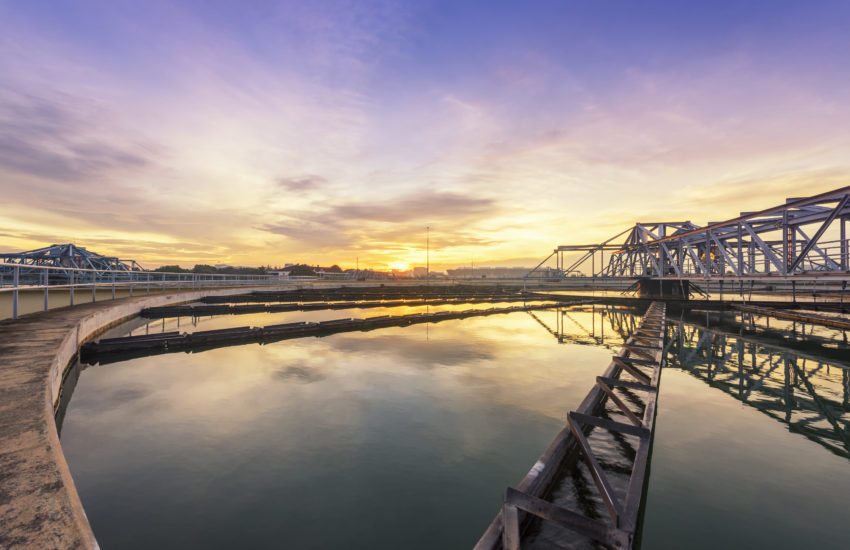You may have read about the slew of lawsuits filed over the past few years by Long Island water districts seeking to recover damages arising from alleged contamination of drinking water supplies by 1,4-dioxane. Our blog has covered them here, here, here, and here.
There is news on the settlement front. One of the primary defendants and the U.S. government have agreed to resolutions in two cases: Bethpage (in the amount of $49 million) and South Farmingdale (in the amount of …
Continue Reading
